
Keen to learn how to make calendula salve? Um, awesome. Prepare to meet your new favourite works-for-everything cream.
This DIY calendula salve is literally the only moisturiser I use on my entire body — my face, my hands, my legs, my wherever. I don’t buy expensive potions and lotions. I just rub on a little calendula salve each day.
(Side note: wondering what the heck a salve actually is? In essence, a salve is any kind of soothing or medicinal mixture that combines herbs, beeswax and infused oils.)
I went through a period of terrible adult-onset acne a few years ago. It took me a while to figure out that less is actually more for my skin. So I don’t use face washes or scrubs, either. Just warm water, that’s it. Or, if I’ve worn make-up that day, warm water, a facecloth and a dab of calendula salve — because yes, it works great as a make-up remover too.
All this means I don’t have to buy things in plastic bottles or tubs destined to be thrown away or channelled into the resource-intensive recycling system.

The other bonus? I know exactly what’s in my calendula salve recipe. And some ingredients I can even grow in my own garden, which leaves me with this delightfully unique sense of pride.
Benefits of calendula salve + creams infused with medicinal herbs and flowers:
- Nourishing for dried and chapped skin and lips.
- Calming for eczema and other skin irritations.
- Healing for wounds, cuts and bruises.
- Makes your skin generally feel damn awesome and super soft.
I get a lot of questions about how to make calendula salve, so I’m sharing it here – to prove you don’t need fancy muslin cloths and double-boilers to make this happen, like so many other calendula cream recipes suggest. Simple things you probably already have in your kitchen will do the trick.
And for those without gardens, calendula flowers thieved from friends (with permission!) or wild-foraged from streetscapes will work just as well, too, as long as you make sure they haven’t been doused with sprays.
Calendula salve recipe
Part 1: Make the solar-infused herbal oil
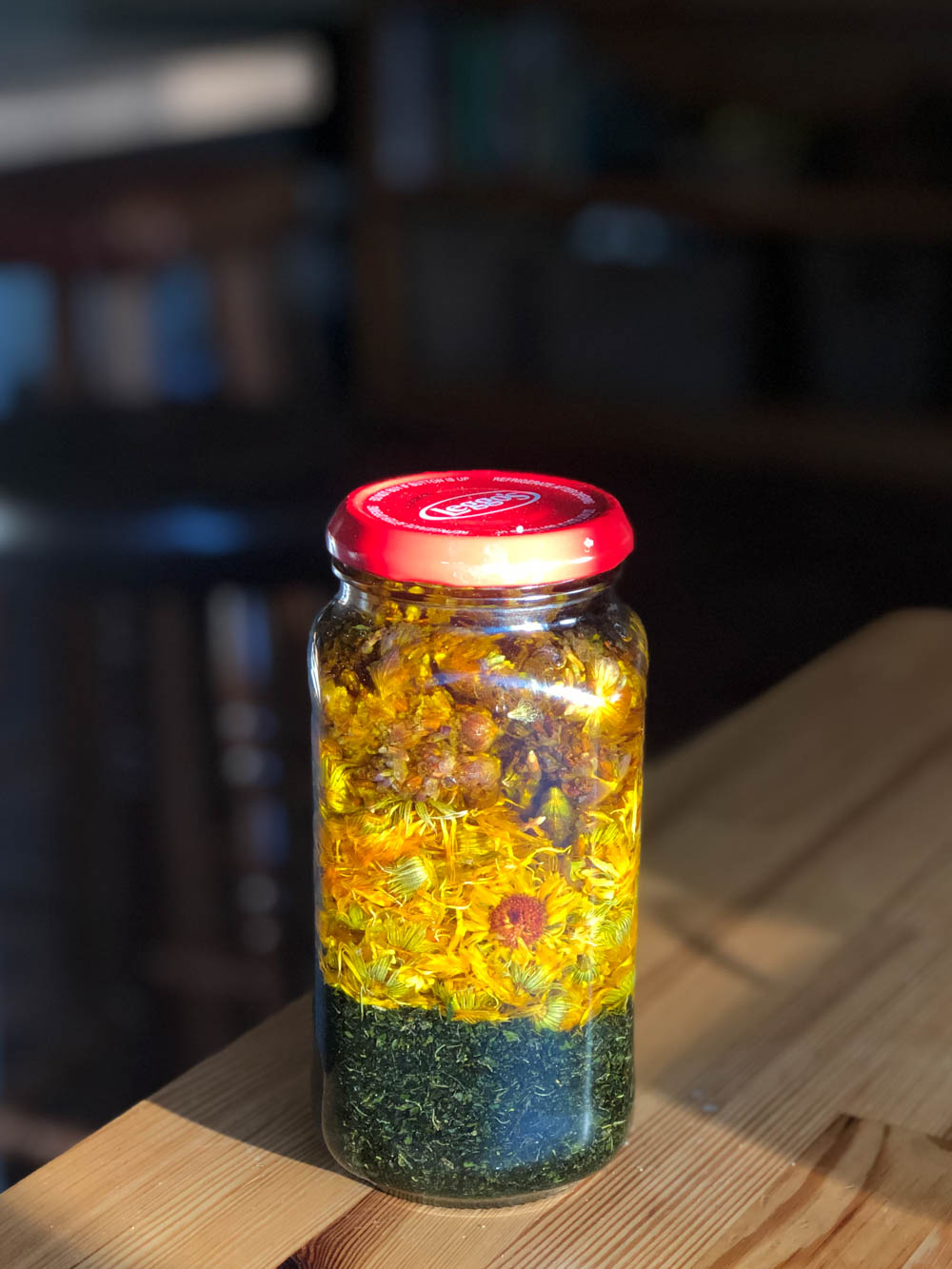
This bit takes a couple months, so be patient…
Ingredients:
- Olive oil, preferably organic.
- Dried calendula flowers. You can also add other herbs — see below.
- A big-arse jar.
- A big-arse brown paper bag.
Method:
Grow calendula. Cut the flowers as they bloom and dry the entire flowerhead atop a plate in a dry spot in your kitchen, out of direct sunlight. (You can buy them also.)

Really, you can add any dried medicinal flowers and herbs here – lavender, plantain, borage, comfrey, oregano. Whatever takes your fancy.
Next, dump the dried calendula flowers in a big old pickle jar. Fill it at least halfway.

Completely cover with organic olive oil. Marvel at the beauty this creates in the morning sunshine.
Put the jar in a brown paper bag and leave it on a sunny windowsill for a couple of months, or until you remember it exists. (Writing the date on the bag helps with amnesia.) Maybe give it a shake every now and then.
After at least a month, separate the oil from the petals. Many recipes recommend muslin or cheesecloth here, but even a hanky or an old pillowcase will work. Or just squeeze the petals with your bare hands, get veeeeery oily and have quite a bit of fun.

Congratulate yourself on having successfully made calendula-infused oil. If you can’t be bothered going any further, you can use this as-is to treat chapped hands, rough skin, sunburn, acne, etc.
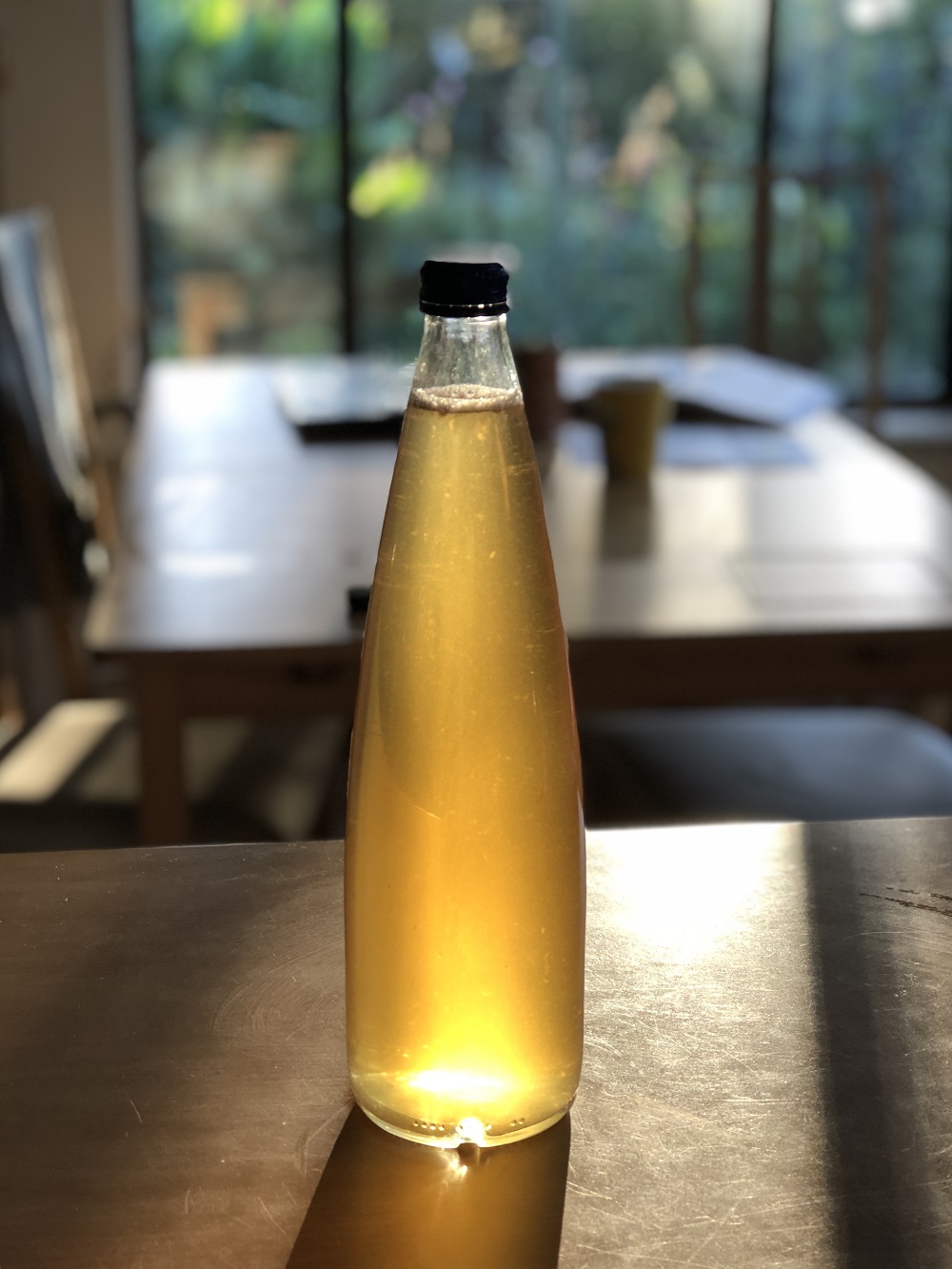
Part 2: Make the calendula salve
This bit will be done in under half an hour.
Ingredients:
I really like this calendula salve recipe from Traditional Medicinals:
Makes about 8 small (25ml) pots of salve, or 3 medium (60ml) pots. I usually do a quadruple batch at a time, so I only need to make salve once or twice a year.
- ¾ cup of calendula-infused olive oil
- ¼ cup coconut oil
- 30g beeswax
- *Optional* – a pinch of dried turmeric powder, for colour
- *Optional* – 15-18 drops of lavender essential oil (if you have sensitive skin, leave this out)
You don’t have to, but I’d say use organic ingredients if you can. This calendula cream is going on your skin, the most absorbent organ in our body. Feed it with good, clean stuff.

Method:
Here most calendula salve recipes call for a double boiler, and I don’t have one. Never fear, it’s easy to create a dodgy makeshift one! Just place a large bowl over the top of a pot of hot water. Or, if you have a two-tier metal vegetable steamer, use that with a Pyrex jug on the second storey — it’ll be easier to pour later.
Place the beeswax, coconut oil and calendula-infused olive oil into the top bowl and heat over low heat, stirring gently, until the beeswax melts.

Depending on how good or crap your makeshift double boiler is, this can take a short time or long time. Chopping the beeswax into smaller pieces will help them melt quicker. Or just grab a good book and have a little read while you stir.
Pro tip: The consistency of calenda salve can easily be adjusted depending on your preference. Use less beeswax for a softer salve and more beeswax if you’d like a firmer salve. You can test the consistency by placing a spoon in the freezer before making your calendula salve. When the beeswax melts, pour a little salve onto one of the cold spoons and place it back into the freezer for 1 to 2 minutes. This will simulate what the final consistency will be like. Once cooled, you can make adjustments by adding more oil (for a softer salve) or more beeswax (for a firmer salve).
Thanks to Mountain Rose Herbs for this helpful insight.
Once the whole show’s melted, add the essential oil (if using) and a pinch of turmeric for beautiful extra colour. But not too much — you don’t want to turn your skin Oompa Loompa orange.
Grab any random old containers you have lying around — glass and tin are best. Recycle! Reuse! No need for fancy new stuff here. I asked in our local Zero Waste Facebook group and was promptly gifted this amazing haul of recycled tins:

Pour the mixture in and watch as each pot cools, hardens and changes colours right before your very eyes.
If your beeswax wasn’t perfectly filtered (which is often the case with the really good stuff, the home-filtered stuff), try not to stir your mix while pouring. This way, any propolis or other random bits in the wax will fall to the bottom, and you can easily remove them at the end.
Otherwise, you can scrape the leftovers out of the pouring bowl and make one pot that looks a little … lumpy and bumpy. Poor fella. Still good though.

And that’s it. The potent power of calendula is harnessed and ready to work wonders on your skin.
By the way, you can buy my calendula salve if you’d rather have a done-for-you version.

⠀
Extra reading:
I also very much enjoyed this blog from Floranella, which explains how to make calendula salve harder or softer (depending on your personal preference) by adjusting the ratio of beeswax to oil.
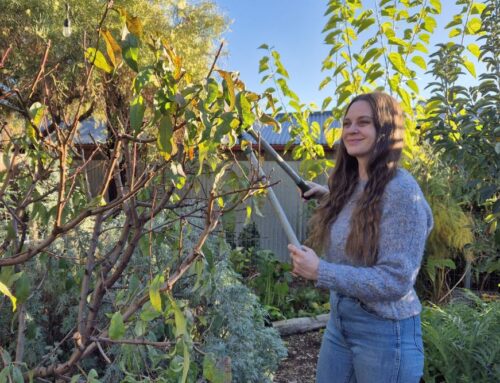

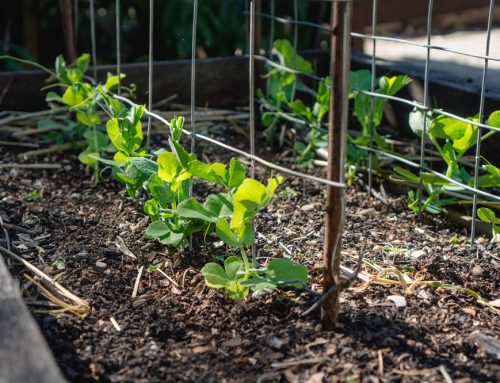
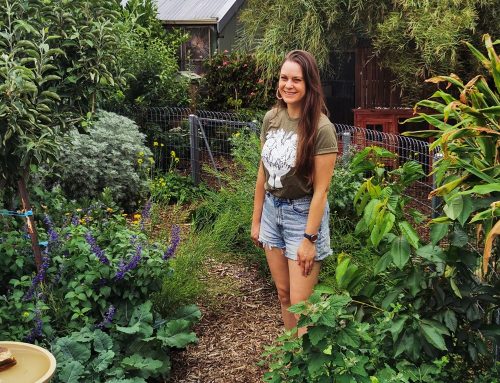





Thanks for this simple recipe – I had made an infused calendula oil and was looking to turn it into Christmas gifts, which I did using your recipe (mostly) and it came out really well. I used sustainable palm oil instead of coconut because I had it already and wanted to use it up. Cheers!
That’s so great to hear, Susan — what a beautiful Chrissy gift idea. Great to hear the substitution worked well too. Hope your loved ones enjoy their homemade gifts. :)
I can’t not tell you enough how much this blog reads like a note from a friend. I love it! You are so real and I enjoy the fact that you show how to do it without fancy equipment or hyped up words.
Ooooh, thanks so much for these kind words, Lindsey. I’m so happy to hear this humble recipe landed well with you, and yay for being able to make simple things without needing to buy a whole heap of new equipment beforehand!
Want to try to help with eczema just starting on right arm and stomach
Good luck, I hope it helps you find some relief :)
Also have seriacious on my scalp